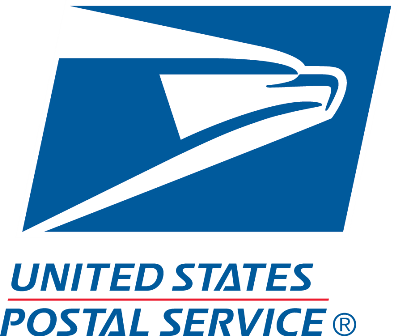Dollop Gourmet: How Heather Saffer Grew Her Vegan Frosting Business to $30K/mo
Hello! Who are you and what business did you start?
Hey guys! I’m Heather Saffer, Founder and CEO of Dollop Gourmet. We make better-for-you gourmet frostings that contain half as much sugar as conventional frostings and twice as much flavor!
Our frostings double as better-for-you dessert dips and are soy-free, dairy-free, gluten-free, and vegan so that just about anyone can enjoy them.
I’ve been fortunate enough to be featured as a winner on Food Network’s Cupcake Wars, Shark Tank, QVC, in Forbes, Oprah.com, Huffington Post, among others. As a...

Download the report and join our email newsletter packed with business ideas and money-making opportunities, backed by real-life case studies.

Download the report and join our email newsletter packed with business ideas and money-making opportunities, backed by real-life case studies.

Download the report and join our email newsletter packed with business ideas and money-making opportunities, backed by real-life case studies.

Download the report and join our email newsletter packed with business ideas and money-making opportunities, backed by real-life case studies.

Download the report and join our email newsletter packed with business ideas and money-making opportunities, backed by real-life case studies.

Download the report and join our email newsletter packed with business ideas and money-making opportunities, backed by real-life case studies.

Download the report and join our email newsletter packed with business ideas and money-making opportunities, backed by real-life case studies.

Download the report and join our email newsletter packed with business ideas and money-making opportunities, backed by real-life case studies.
































